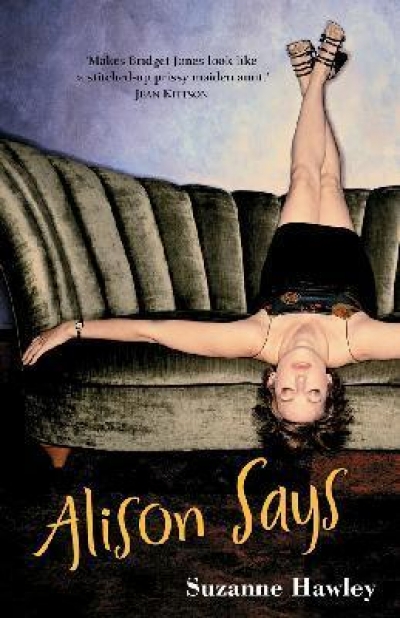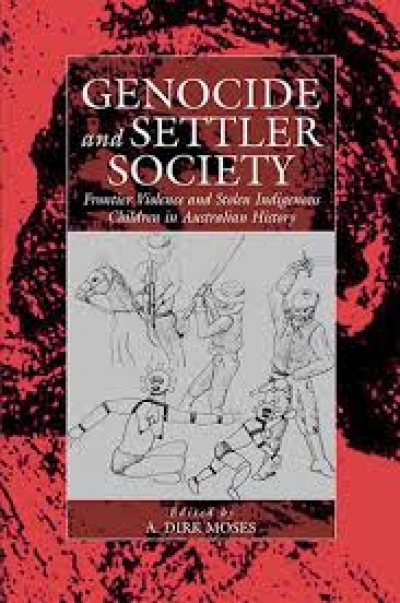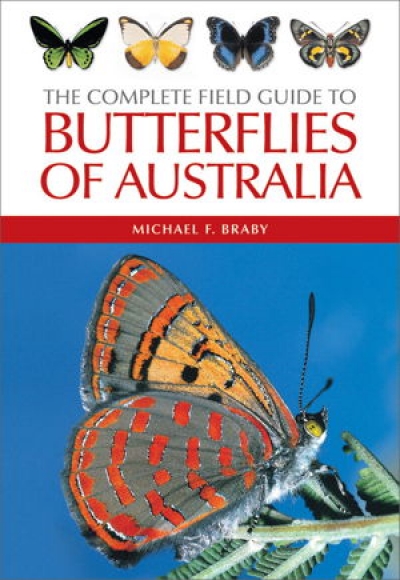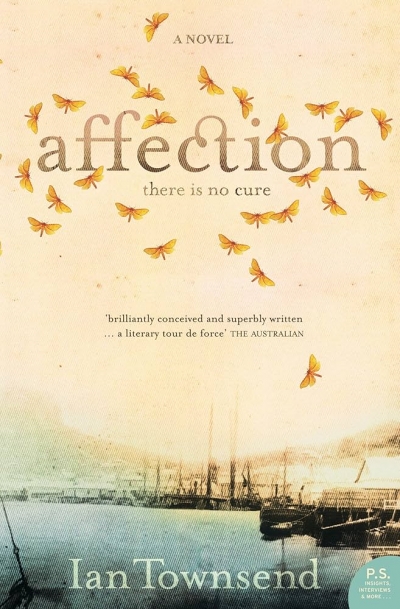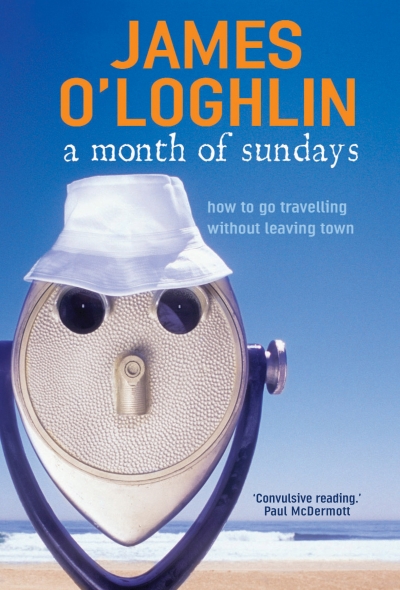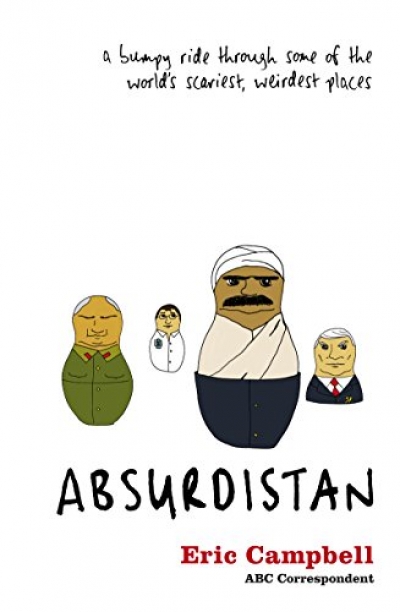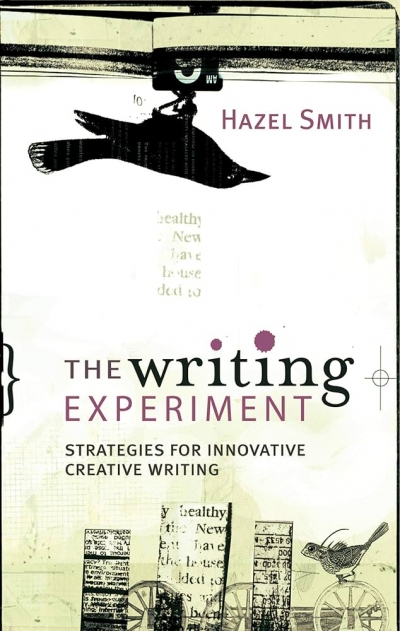Review
Platform Papers No. 4: by Robyn Archer & The Woman I Am by Helen Reddy
by Kerryn Goldsworthy •
Genocide and Settler Society: Frontier violence and stolen Indigenous children in Australian history edited by A. Dirk Moses
by Marilyn Lake •
‘Most of us have a good bit of ego wrapped up in our children. We want them to do well so that we feel good about ourselves as well as them,’ says the wise and frank Jackie French. Parents walk a fine line between encouragement and pressure. Each of the above books is careful not to let itself fall over that line.
... (read more)The Complete Field Guide to Butterflies of Australia by Michael F. Braby
by Peter Menkhorst •
Absurdistan: A bumpy ride through some of the world's scariest, weirdest places by Eric Campbell
by Philip Clark •



